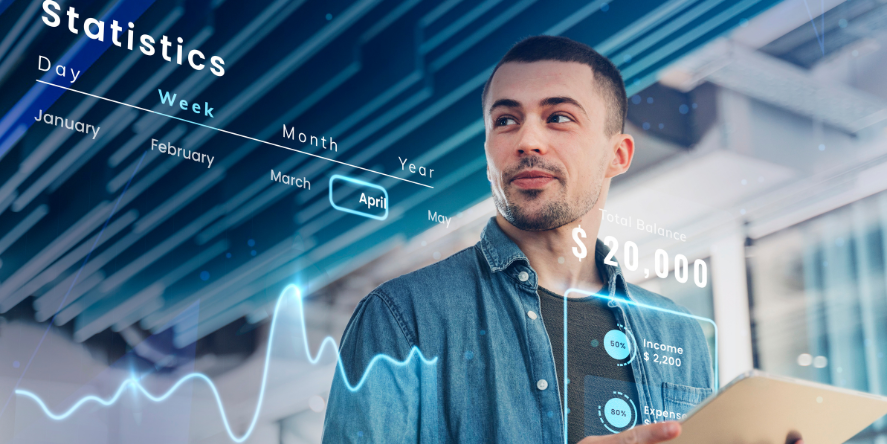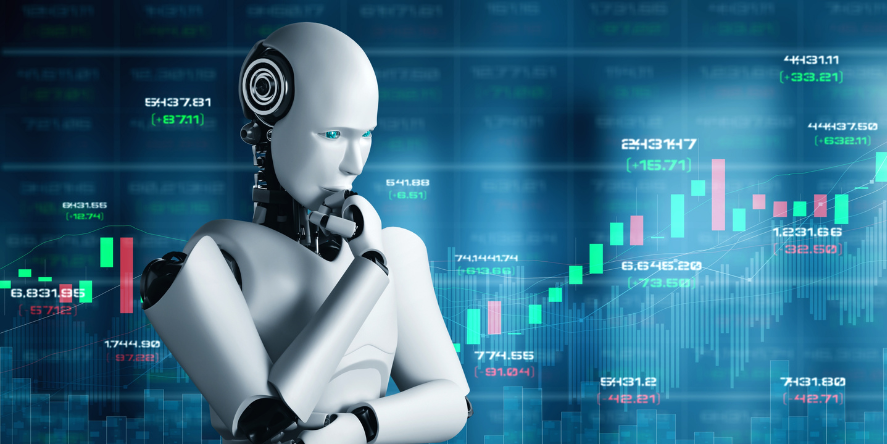Since the commission of the first electronic communication network, ECN, in 1969, computerized exchanges have proved very potent for the trading market. When NASDAQ, the world’s first electronic stock market, began operations in 1971, the system included about 2,150 securities with a significantly reduced cost.
In 2023, in the massive Asia-Pacific region, the Shanghai Stock Exchange is one of the largest domestic market capitalizations with over USD 7 trillion. Today, five of the world’s ten most significant stock exchange operators are located in Asia. A majority of these bourses prefer automated trading, a technology that uses computer algorithms to generate and execute trades in financial markets automatically. It is preferred by individual traders, hedge funds and investment banks. It is applied to stocks, bonds, futures, currencies and several other financial instruments. Due to its wide usage of computer algorithms, it is widely popularised as Algorithmic trading. It also goes by the name of black-box trading, automated trading, or algo trading.
Money Matters
In Algorithmic Trading (AT), computer algorithms are designed and programmed to analyze market data and identify trading opportunities. The global algorithmic trading market size was valued at USD 2.03 billion in 2022 and is projected to grow from USD 2.19 billion in 2023 to USD 3.56 billion by 2030 at a CAGR of 7.2 percent.
Since 1970, this type of trading has evolved from basic rules-based systems to computer-based market data analysis and identification in 1980. It later let to the widespread adoption of electronic trading platforms in 1990 and finally the development of more complex and sophisticated algorithms in the 2000s. Further abundance in network data and processing power made it possible for traders to analyze market data in real-time and identify trading opportunities more effectively. Today, we have High-Frequency Trading (HFT) that incorporates advanced computer programs to analyze market data and multiple trades across the globe in a matter of milliseconds or nanoseconds.

The popularity of algorithmic trading has further boosted the widespread adoption of a new system called API-based automated trading. These Application Programming Interfaces (APIs) connect to a trading platform to execute trades automatically.
Asian Age
As per reports, algorithmic trading accounts for around 70 percent of equities in the US, 60 percent in Europe and about 45 percent in the Asia-Pacific region. While the rest of the region is very conservative and cautious, Japan and Hong Kong is way ahead in adopting new technology. This is also the reason why Hong Kong Stock Exchange (HKE) is one of the largest markets in Asia with over 2,500 listed companies and a market capitalisation of HKD 47 trillion. The Hong Kong Monetary Authority has taken several initiatives towards advancements in trading technology. According to a report by Hong Kong Academy of Finance, the benefits of algorithmic trading include the acquisition of the ability to perform back-testing, diagnose trading algorithms, achievement of higher trading accuracy, consistency and efficiency and a reduction in the impact of human biases in trading. The same report also cites that almost 11 percent of all cash equity trades between the period of August 2018 and July 2020 is attributed to AT/HFT. Hong Kong, being a hub for all things digital has seen the birth of several education platforms and software development firms intended exclusively for Algorithmic trading. One such firm is Forex Forest Limited.
Sharing the key to success
Founded in 2017, Forex Forest focuses on automated program trading education and program software development and is one of the few companies in Asia that specializes in developing enterprise-level AI trading programs and teaching automated program trading.
The trading program developed by Forex Forest supports more than 4,000 brokers worldwide and is suitable for forex, indices, Gold, silver, cryptocurrencies and other trading commodities. Their courses are ISO 9001 certified and their faculties have a cumulative experience of over 10 years. They have their own GEMSFX teaching system that integrates course and tool resources.
In a recent report, investors using the Forex Forest AI algo trading program reported heavy profits. The advanced AI investment trading technology is said to deliver returns of around 2,300 percent in just 40 weeks. The high-end AI algorithmic trading technology was recently awarded Best Algorithmic Trading Fintech Company Global 2023 at the International Business Magazine Awards 2023
Article by Ujal Nair









